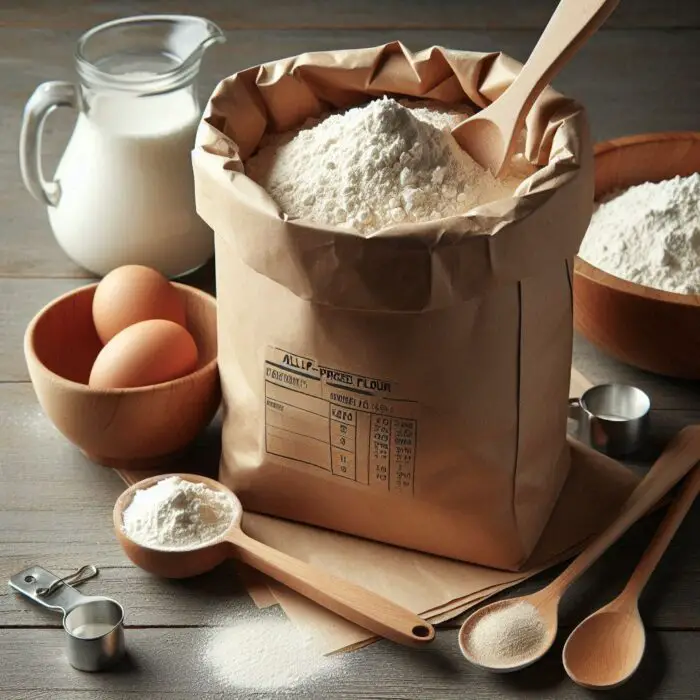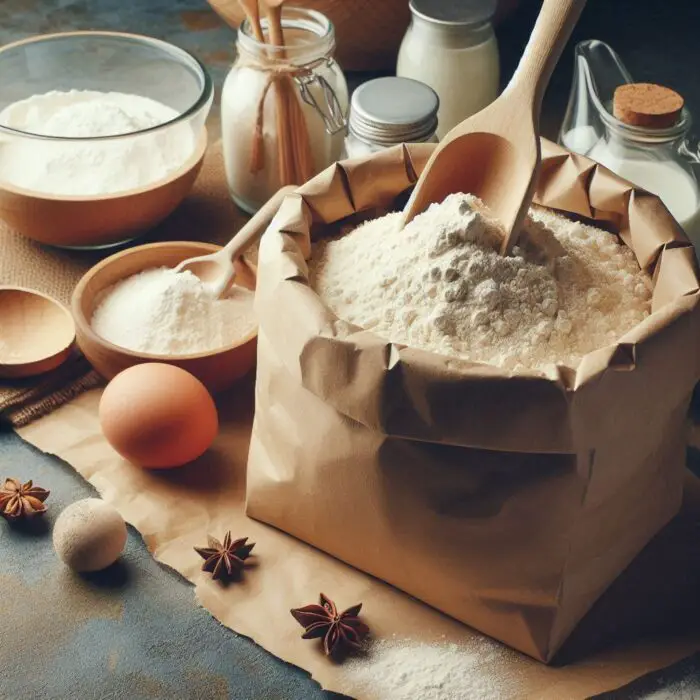
Gumbo is a beloved comfort food, especially in places like Lafayette, Louisiana, where the dish is a staple of Creole and Cajun cuisine.
Traditionally, gumbo relies on a roux, which is a mixture of fat and flour used to thicken the stew and give it a rich, deep flavor.
However, for those looking to lower their cholesterol or make a healthier version of gumbo, there’s a way to create a dry roux, which involves no oil at all.
By using this method, you can still enjoy gumbo without sacrificing your health goals.
What is a Dry Roux?
A dry roux is simply flour that has been toasted until it reaches a rich, brown color, similar to the traditional oil-based roux used in many gumbo recipes.
The browning process develops a nutty flavor, which mimics the depth and richness of an oil-based roux without adding extra fat.
This makes dry roux a great alternative for anyone trying to reduce their fat intake, particularly those looking to manage cholesterol levels.
How to Make a Dry Roux in the Oven
Making a dry roux in the oven is simple, though it takes a bit more time than the stovetop method. Here’s a step-by-step guide to help you make a perfect dry roux:
Ingredients:
- 2 cups all-purpose flour
Instructions:
-
Preheat the Oven: Set your oven to 350°F (175°C). Make sure it is fully preheated before putting the flour in.
- Prepare the Flour: Spread the all-purpose flour evenly onto a large, rimmed baking sheet. It’s important to use a rimmed sheet so that the flour doesn’t spill over when you stir it.
- Bake the Flour: Place the baking sheet in the oven and let the flour toast. Stir the flour every 10 to 15 minutes to ensure even browning and prevent burning. Depending on your desired shade, the process can take anywhere from 45 minutes to an hour or more.
- Check for Color: Keep a close eye on the color of the flour. For gumbo, you want the flour to turn a deep brown, which will give your dish the best flavor. Once the flour reaches the desired shade, remove it from the oven.
-
Cool and Store: Let the flour cool completely before storing it in an airtight container. Your dry roux is now ready to be used in gumbo or any other dish that calls for a roux!
Health Benefits of Using a Dry Roux
One of the biggest advantages of a dry roux is that it eliminates the need for oil or butter, which significantly reduces the fat content of your dish. For those watching their cholesterol levels, this is a major improvement.
Gumbo made with a traditional roux can be high in saturated fat, which is linked to higher cholesterol levels and an increased risk of heart disease.
By using a dry roux, you’re cutting out the unhealthy fats while still retaining much of the flavor.

Flavor and Texture
While a dry roux offers a healthier option, some may wonder whether it will impact the flavor or texture of their gumbo. Fortunately, the dry roux provides a similar deep, toasted flavor as a traditional roux.
The main difference is that you won’t have the same creamy texture that oil-based roux imparts, but in gumbo, the rich stock and other ingredients help compensate for that.
Other Heart-Healthy Tips for Gumbo
In addition to using a dry roux, here are a few other ways to make your gumbo even healthier:
- Choose lean proteins: Opt for skinless chicken, turkey sausage, or seafood instead of higher-fat meats like pork sausage.
- Reduce sodium: Use low-sodium chicken or vegetable broth and limit the amount of added salt.
- Add more vegetables: Bell peppers, okra, onions, and celery not only add flavor but also boost the nutritional content of your gumbo.
Conclusion
With a dry roux, you can enjoy the bold, comforting flavors of gumbo without worrying about your cholesterol.
It’s an easy, flavorful alternative to traditional oil-based roux, and it’s perfect for anyone looking to make healthier choices.
By incorporating lean proteins, reducing sodium, and packing your gumbo with veggies, you can still enjoy this classic dish without compromising on taste or nutrition.
So, go ahead and savor gumbo this fall, knowing you’re making a heart-healthy choice!
Author
-

Benedict Ohia is a seasoned chef with over 15 years of experience in the culinary industry. Passionate about food, innovation, and mentoring others, Benedict combines his chef expertise with his storytelling talent as the founder of CatererCareers.com. Through his niche website, he provides invaluable insights, tips, and resources for aspiring chefs, caterers, and hospitality professionals. Whether guiding career growth or sharing industry trends, Benedict is dedicated to inspiring others to succeed in the dynamic world of catering and culinary arts.
View all posts
